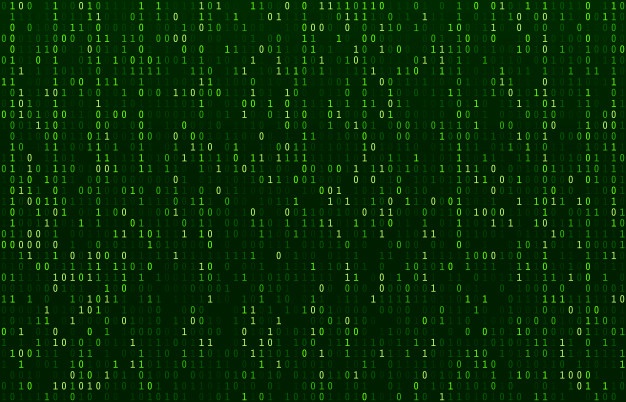
When things get difficult, we are generally consumed in relations by looking at who is doing what to whom, how it should’t be, who is right or wrong. It leads us into diccussions we are probably familiar with and we don’t wanna go and yet almost pulled into! I mean the type of arguments which you almost know from the start what will be said, you can almost leave the conversation at a point and play a recorder for the rest of the talking! Same things, nothing new, no solution! .
I want to invite you to take a step back and approach with a different perspective to the same situation. Try to see things just as a ‘dynamic’ or a ‘role’ taking place. What do I mean by dynamics or roles in relationships? It might be anything you or the other person think, feel, do, experience. For example let’s assume you are a person who wants to speak and solve issues, not leave anything unresolved and the other person is more silent and avoiding to speak. Take it as a ‘role only’; the role of not wanting to speak or avoiding to speak
and search for yourself when and where you have been or you are in that role. Your initial response might be no, I am never like that, but stay with the question and soon you will see. When you see it, think of what made you or makes you go there, what was or is your why’s for avoding to speak. You can also think of how some other close relations you see this role. How and when it shows up. Or what is different in your relations that it doesn’t show up.
Now I want to invite you to look at this relationship and search how you might also be bringing that role, maybe just a tiny little bit. If you can completely be true to yourself, you may be able to find your part. For example there might be just one topic that you never bring to the table or maybe you say lets talk but you know he or she will refuse anyway and actually you are not so willing internally or for you it is just another aspect you can use to accuse the other one or to show yourself as the one who does the right thing…How maybe rarely, maybe slightly you are feeling or acting like that. If that person shows lets say a dark grey of that quality, we are looking for your light grey version.
Finding how and why a ‘role’ that disturbs us in the other is also alive in us is one of the most transforming perspectives for self and relations in my experience. WHY?
· It resolves the energy, so now you can go beyond toxic reactions and have a meaningful conversation about how you feel and what you both need.
· You become more open to see the other one beyond that trait or labeling. You may find yourself discovering new things about that person; which was actually there all the time but you weren’t seeing.
· It brings real empathy and understanding. In my experience empathy comes when you know yourself! You may find yourself more compassionate.
· You shed light into a shadow and grow personally. It is a wonderful way to work on
self.
· This brings your attention from others to yourself and change the way you perceive relations. Any tension or resistance becomes a way for you to discover more of yourself.





